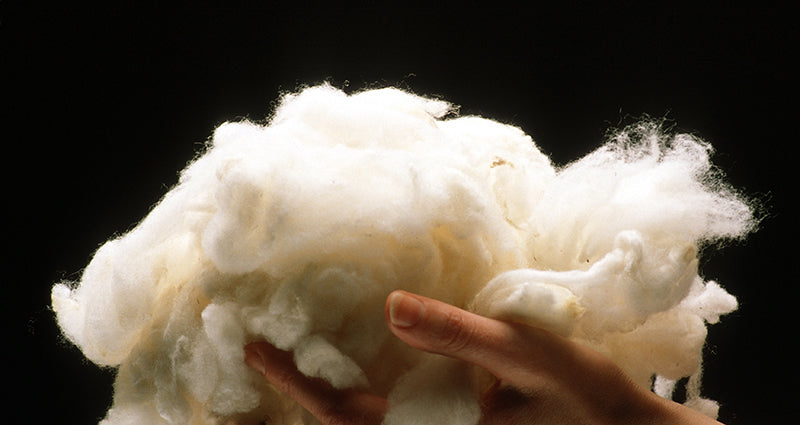Moths & Cashmere
 How to Protect Your Wool Blankets From Moths
How to Protect Your Wool Blankets From Moths
Moths love warm, dark, quiet places. The occasional moths you see flying around your home aren’t any threat to your blanket; it’s their babies. Moths lay eggs, which under the right conditions hatch. These Larvae, have particularly good taste and are attracted to keratin, which is why fine fibres such as wool and cashmere tend to be their meal of choice.
- You want to make sure that your Wool Blanket is free from any traces of food, skin, hair and sweat particles, as these will attract moths. This is especially important if you are planning to store your blanket away for any period of time.
- Professional dry cleaning will kill any larvae, remove eggs. Likewise, extreme cold will also kill any moth larvae, hence the advise to freeze your blanket overnight in sealed plastic bag. On a side note, can advise that we have done this for many years successfully with our cashmere.
- Another alternative is that of giving your blanket a good steam iron, after cleaning, this not only gives the blanket a pleasant fresh finish, it has the added advantage in that any moth eggs present won’t last long when exposed to the heat.
- Vacuum and clean regularly the room and cupboards that you’re storing your blankets in, general cleanliness, keeps moths at bay and will go a long way in protecting your precious blankets.
- You can scent cupboards with natural moth repellents such as lavender, camphor and cedar which work in varying degrees. Be sure to replace these regularly though, as the smell fades over time, which dulls their affect to repel.
- Finally, you can always use mothballs ie chemical repellents to keep moths at bay. Visit the haberdashery section of Coles or Woolworths, you will find a wide selection of mothballs that either repel or kill moths.
- And most importantly if you do happen to find your blanket with a nibble, do a quick repair darn, then take any items stored in the immediate vicinity of the blanket, freeze, wash, iron and mothball, to ensure no stray eggs hatch and nibble.
Just remember that these Merino Blankets have been designed to last, when treated well. Invest a little time and effort in their care, then relax and enjoy your blanket for years to come...
